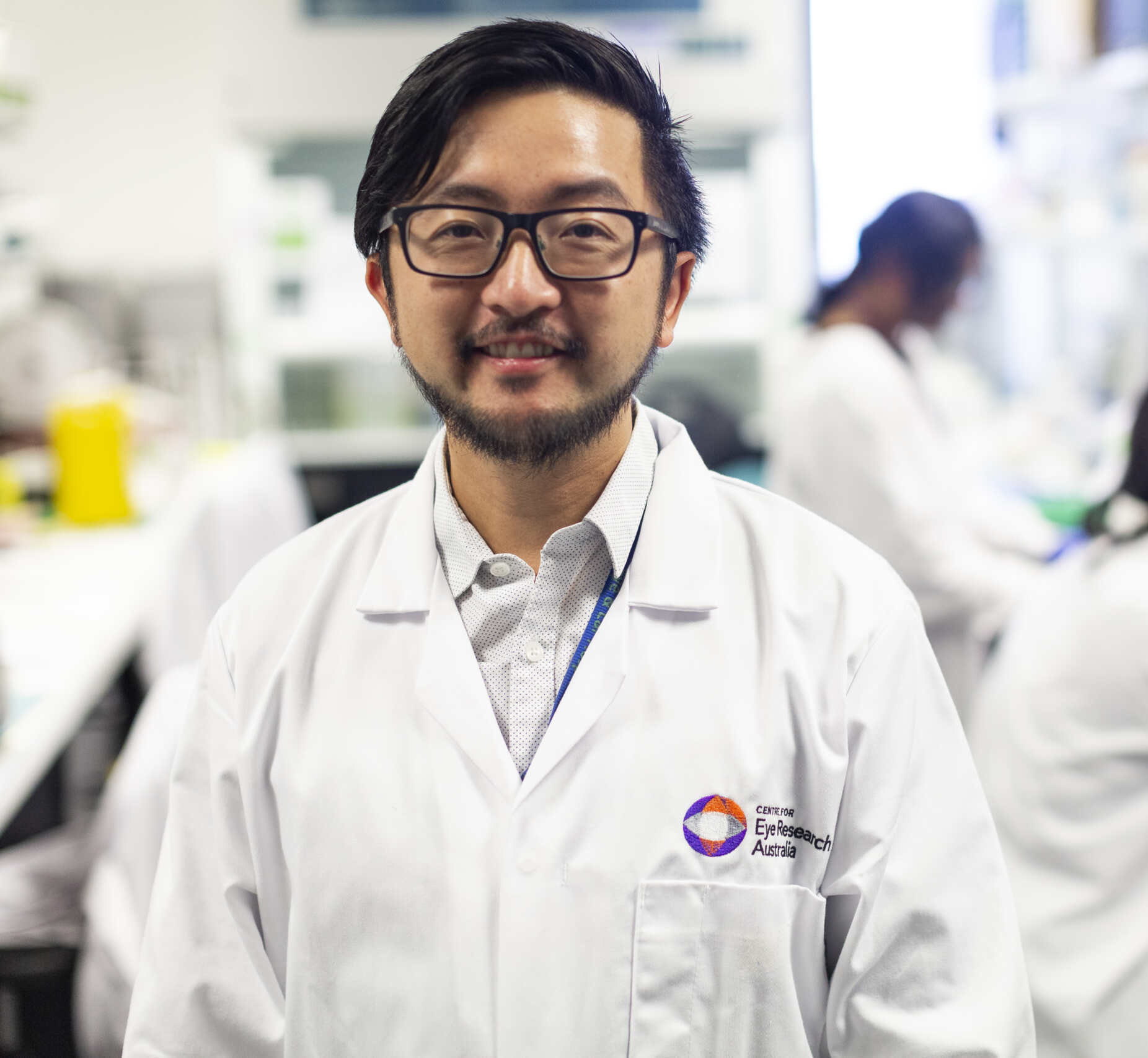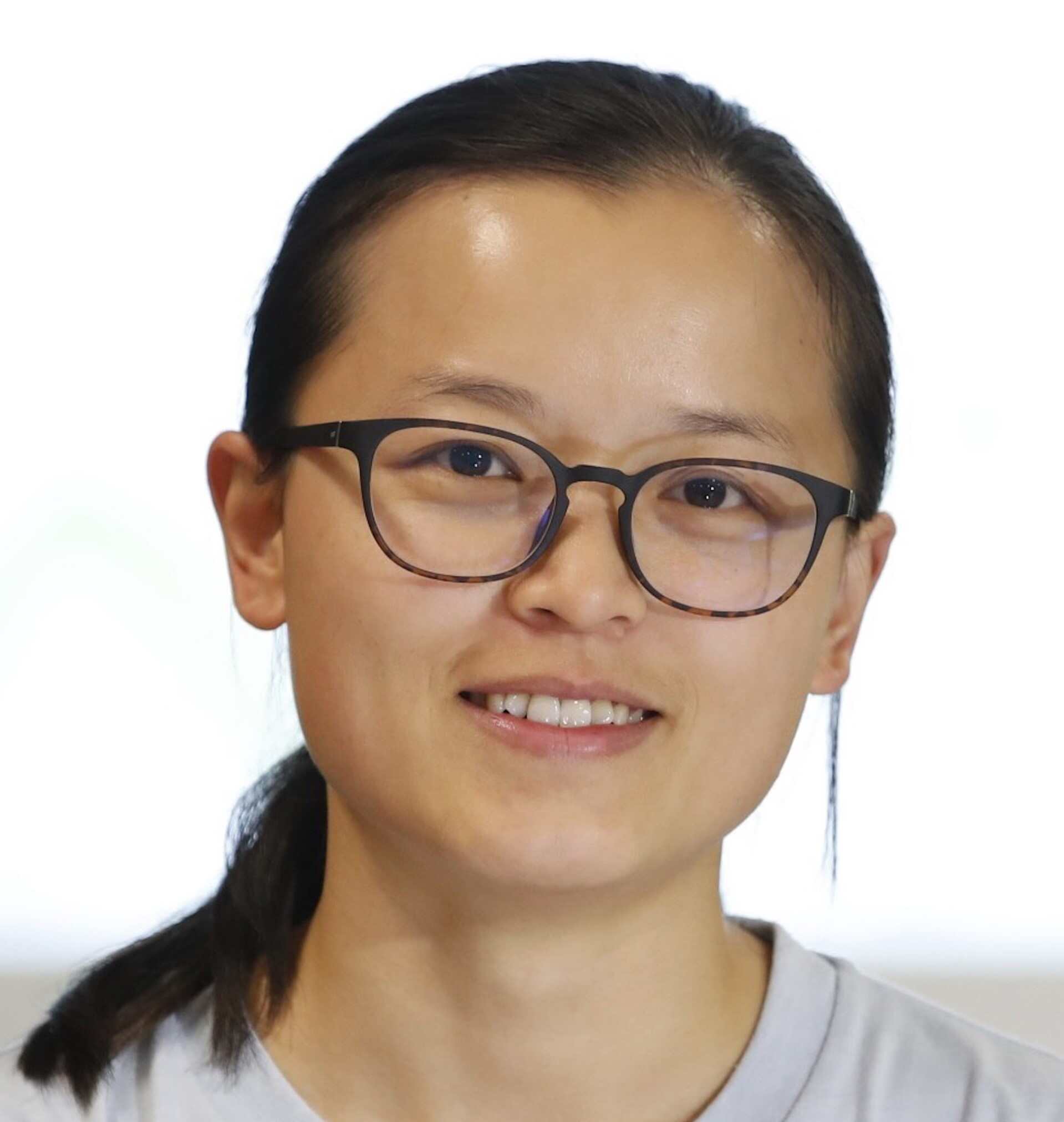Project Aim
In this project, we will study the changes in the function and structure of inner retina cells called retinal ganglion cells, in two different models of retinal degeneration. Retinal ganglion cells go through significant changes even after photoreceptors are lost. Our goal is to find ways to modify these changes in the inner retina to improve vision when using treatments that replace the photoreceptors.
We will also investigate how changes in the support cells called glial cells, affect the ganglion cells. Ganglion cells send signals to the brain, become dysfunctional and die due to changes in supporting cells called glial cells.
Lastly, we will test whether preventing the excessive growth of glial cells can improve the inner retinal changes and specifically protect the number and function of ganglion cells.
The information we gather from this project is crucial for developing technologies like electronic retinal implants, which can be used to restore vision. By understanding and modifying the changes in the inner retina, we hope to optimise the effectiveness of these treatments and improve the outcomes for people with vision loss.
Project Results and Impact
Our work revealed that overall, ganglion cells remain remarkably intact at late stages of retinal degeneration, even when there are signs of change in other neurons in the retina. However, there are shifts in the way neurons communicate with ganglion cells. For example, the level of excitatory input to ON types of ganglion cells is reduced and the level of inhibitory input is reduced in OFF types of ganglion cells. This information may have important implications in how scientists design electronic retinal implants.
Our second series of experiments was aimed at determining whether support cells contribute to the inner retinal changes observed. Our results, using a novel mouse model of retinal degeneration show that glial cells undergo significant changes, that on the one hand influence the health of cone photoreceptors, and on the other hand are associated with early formation of new neurons. These results suggest that at very late stages of degeneration there are reparative mechanisms initiated within the retina that could, if targed pharmacologically, be important in replacing some photoreceptors.
In summary, this project unearthed some very important fundamental information that will be used by those developing electronic implants. We published several papers (documented below) and have several more in the preparation.

Chief investigator:
Associate Professor Erica Fletcher
University of Melbourne
Co-investigator/s:
Dr Ursular Greferat, University of Melbourne
Professor Michael Kalloniati, University of Melbourne
Grant awarded:
$40,000 (2013)
Research Impact Reports
Selective Activation of Retinal Bipolar Cells Using Freeform Electrical Stimulation
Project Aim This project explores a new method called freeform...
Development of epigenetic reprogramming technology to treat retinal degeneration
Project Aim This project aims to create a new way...
Characterizing Stargardt Disease Mutations for Splice Intervention Therapeutics
Project Aim The aim of this project was to find...
Virtual Reality Assessment of Functional Vision in achromatopsia
Project Aim This project aimed to develop and validate a virtual reality (VR) mobility task...




